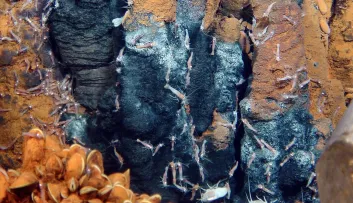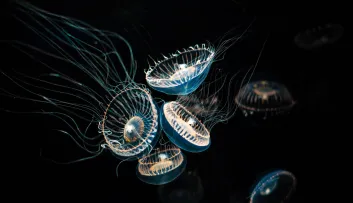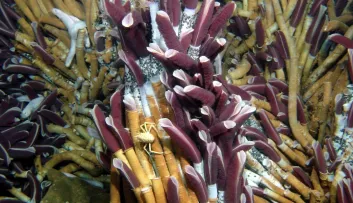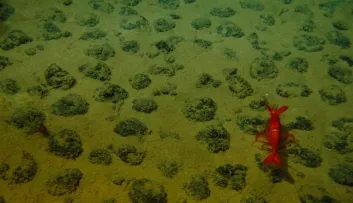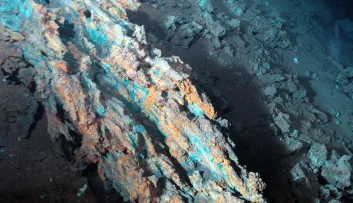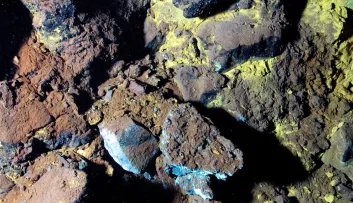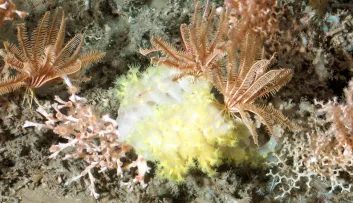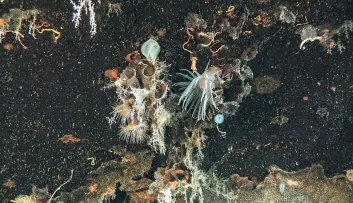Forum
Nausicaá forum on the deep sea
Faced with the threat of deep-sea mining, we must join forces to protect the deep seabed!
- 4mn read
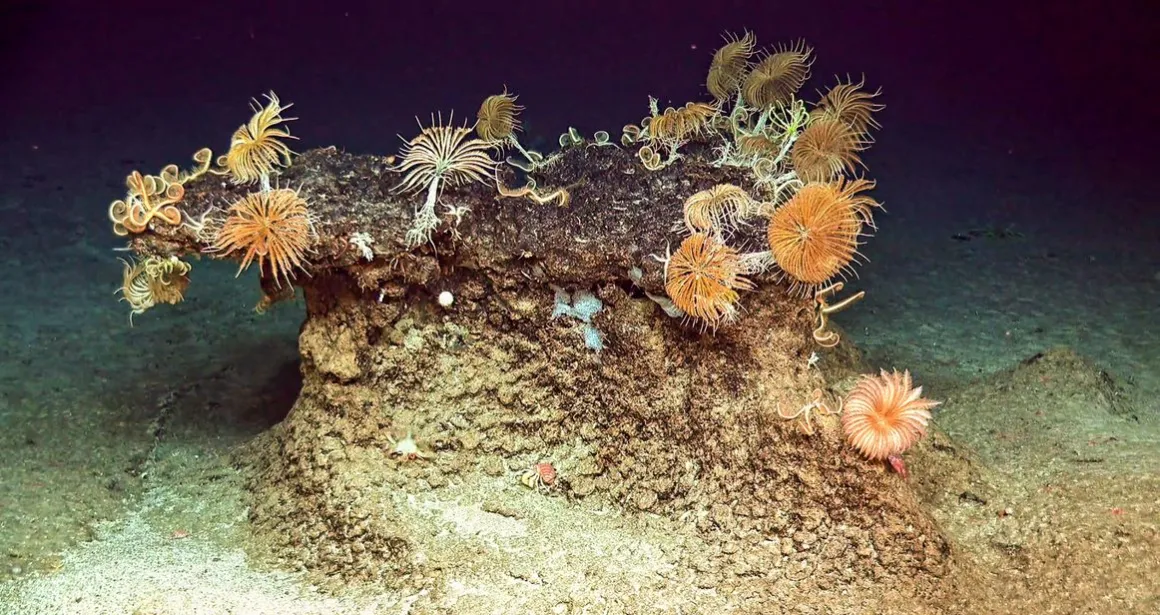
With the latest session of the International Seabed Authority having just come to a close in Kingston, Jamaica, and with no agreement amongst the States on how to preserve the deep seabed, we are faced with a crucial decision for the future of the planet.
The deep seabed, which is so essential to humankind, is facing an imminent threat from mining.
We are appealing for a moratorium to be introduced at an international level, because it is essential to prioritise scientific research over deep-sea mining. As well as deepening our knowledge of the abyss, scientific exploration will enable us to better understand and protect this precious environment, and to assess the potential risks of mining with greater accuracy.
We must all join together to say no to deep-sea mining before it’s too late!
Because the deep seabed is still a treasure trove of mysteries and wonders. The most recent discoveries off the coast of Chile, where researchers from the Schmidt Ocean Institute brought to light more than a hundred previously unidentified marine species, bear witness to the vast diversity of these largely uncharted ecosystems.
Because the scientific community agrees that mining could have irreversible consequences on the deep seabed over several generations, thereby threatening biodiversity and disrupting the fragile ecosystems that exist there. A scientific study published on the 14th of July in the journal Current Biology revealed that marine creatures are abandoning areas where excavators are being used to extract minerals (copper, cobalt, manganese, nickel, etc.) from the depths.
Because by disrupting the deep seabed, we are also compromising its crucial role in regulating the climate and mitigating global warming. Deep ocean waters store huge quantities of carbon and absorb heat, thereby helping to maintain our planet’s fragile balance.
Because some countries are preparing to start mining the seabed by 2025, and that means tomorrow. We must recognise that the seabed is the common heritage of mankind and must not become the arena for a new gold rush. Norway, Japan, India and Papua New Guinea have recently expressed interest in deep-sea mining projects. It is imperative that we focus on sustainability rather than seeking short-term solutions in the depths of the ocean by finding alternatives and other resources for these minerals.
Starting in April 2024, Nausicaá will be setting off on a mission to raise public awareness on the crucial issues involved in protecting the deep seabed.
As a centre for scientific culture and mediation, Nausicaá can raise the awareness of hundreds of thousands of visitors on this vitally important issue.
We stand by France’s position, which calls for a ban on deep-sea mining and for no mining code to be adopted given the current state of knowledge, and we will use all our resources to raise awareness and mobilise as many people as possible to call for a worldwide moratorium.
Our commitments
- Uphold France’s position in favour of an international moratorium on deep-sea mining.
- Organise exhibitions, conferences and events to raise public awareness of this vitally important issue.
- Create a delegation of young people committed to the Ocean to take part in the Nice 2025 Conference, and advocate for the protection of the deep seabed.
This month, in connection with our participation in the Nice 2025 Conference, Nausicaá is putting together a delegation of young people committed to the Ocean, who will rally around the organisation of various events across the globe. Our ultimate goal is to present a plea to the world’s heads of State in Nice, urging them to make concrete commitments to protect the oceans
This issue is relevant to all citizens, as safety and quality of life are intimately linked to a well-preserved ocean and climate.
Because it is our collective responsibility to preserve the environment, biodiversity and ecological functioning of the deep seabed, we must take action now to protect the deep seabed!
Photo : (c) Ifremer/MNHN - Kanadeep (2019)
